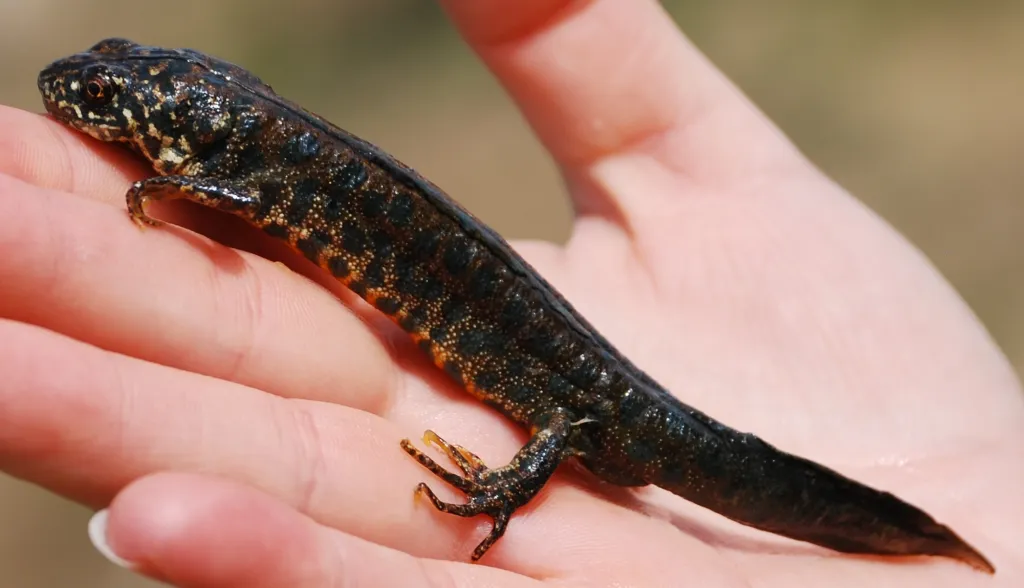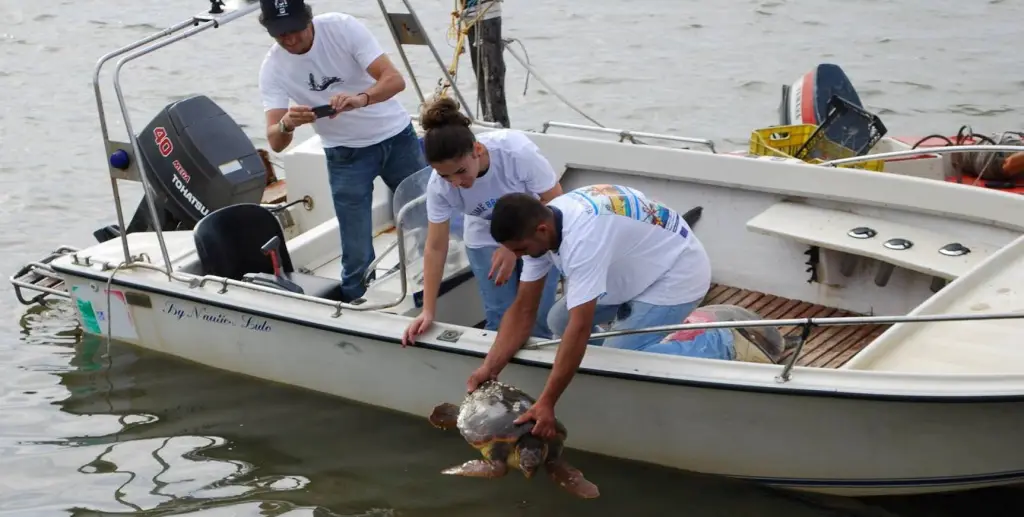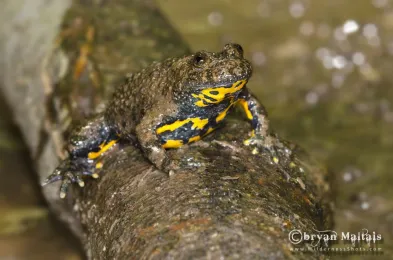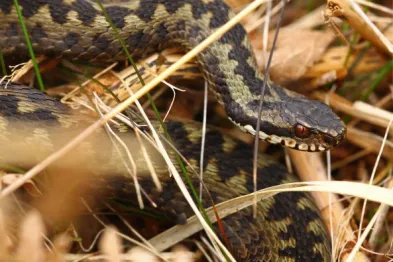Kërkimi shkencor
RUAJMË MJEDISIN TONË

Kërkimi shkencor
Kërkimi shkencor i amfibëve dhe zvarranikëve është bërë nga kërkuesit tonë shkencor shumë më herët, madje edhe para se të vendosnin të krijonin HAS. Këto studime, me përdorimin e metodave të nevojshme, si dhe duke mbuluar të gjithë vendin dhe çdo muaj të vitit, rezultuan në gjetje të plot informacioneve të reja shkencore rreth llojeve të amfibëve dhe zvarranikëve që jetojnë në Shqipëri, shpërndarjes së tyre, ekologjisë, biologjisë dhe sjelljes.
Studimet e bëra nga ekipi ynë zbuluan praninë e 15 llojeve të amfibëve në Shqipëri, nga të cilat 5 i takojnë urodelia (amfibë me bisht) dhe 10 anura (amfibë pa bisht). Studimet bio-akustike të kryera në bashkëpunim me Universitetin e Bonit (Gjermani) realizuan zbulimin e dy llojeve të reja të amfibëve P. shqipericus dhe P. epeiroticus, të dy lloje sub-endemike.
Studimet e kryera nga ekipi ynë ndër viteve mbi zvarranikët zbuluan praninë e 7 lloje të breshkave (2
breshka toke, 2 breshka të ujërave të ëmbla dhe 3 breshka detit), 14 lloje të hardhucave dhe 16 lloje të
gjarpërinjve. Një nga studimet më interesante të kryera me zvarranikët ka qenë ai me nëpërkën (V.
ammodytes). Helmi i grumbulluar nga 25 nëpërka gjatë një periudhe kohore prej 6 vjetësh u përdor më
vonë për të prodhuar anti-viperinën shqiptare, antidoti i parë i këtij lloji për Shqipërinë.
Interesi kryesor i kërkimeve shkencore të SHHSH gjatë dekadës së fundit është studimi i popullatës së
breshkës kokëmadhe (Caretta caretta) përgjatë vijës bregdetare shqiptare.
Ky studim, i cili si fillim ishte vendosur vetëm në gjirin e Drinit, më vonë u shpërnda në të gjithë bregun
shqiptar. Me gjetjen e pranisë së dy specieve të tjera, breshka fluturuese (Chelonia mydas) dhe breshka
kurrizlëkurore (Dermochelys coriacea), ky studim u zgjerua për të përfshirë të tre këtolloje.
SHHSH po përdor një spektër të gjerë të metodave kërkimore për të rritur njohuritë shkencore mbi
ekologjinë e breshkave të detit, si dhe ndikimin antropogjen në shëndetin e tyre. Metodat kryesore të
përdorura ndërviteve janë:
- Markim-kapje-rikapje
- Gjenetikë
- Identifikimi me foto
- Ndjekja me satelit
- Dieta ushqimore




Amfibët e Shqipërisë
- Urodela
- Anura
Zvarranikët e Shqipërisë
- Breshkat e Shqipërisë
- Hardhucat e Shqipërisë
- Gjarpërinjtë e Shqipërisë
KONTAKT
Ndërtojme një të ardhme më të mire
Na ndihmoni të ruajmë ajrin që thithim, ujin që pimë dhe vendet që i çmojmë.


